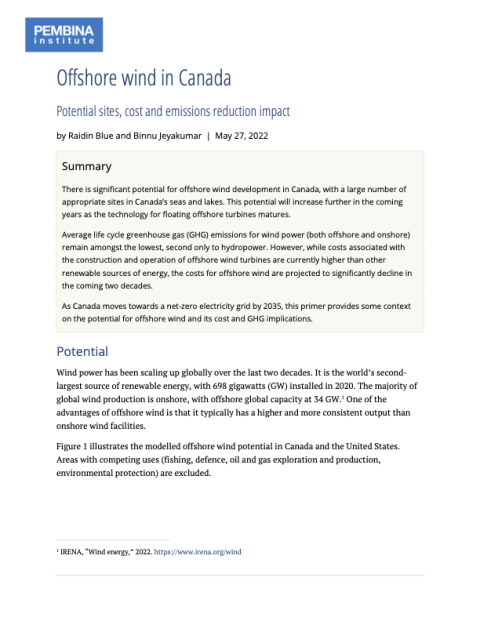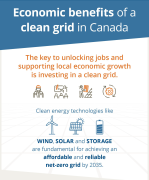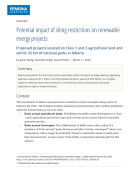As Canada moves towards a net-zero electricity grid by 2035, this primer provides some context on the potential for offshore wind, its cost and greenhouse gas (GHG) emissions implications.
Key findings
- Globally, wind power is the second largest source of renewable energy — but most of this comes from turbines built onshore. However, there is significant potential for offshore wind development in Canada, with a large number of appropriate sites in Canada’s seas and lakes.
- This potential will increase further in the coming years as the technology for floating offshore turbines (that can be placed farther from coastlines, in deeper water) matures. According to projections, floating offshore wind will be at utility-scale deployment by 2024.
- Average life cycle greenhouse gas (GHG) emissions for wind power remain amongst the lowest, second only to hydropower.
- Life cycle GHG emissions for wind power are also much lower than traditional generation types (such as coal or natural gas), even when those are paired with emerging carbon capture and storage (CCS) technologies.
- Costs associated with the construction and operation of offshore wind turbines are higher than other renewable sources of energy. However, the costs for offshore wind — as well as other clean energy technologies — are projected to significantly decline in the coming two decades.









